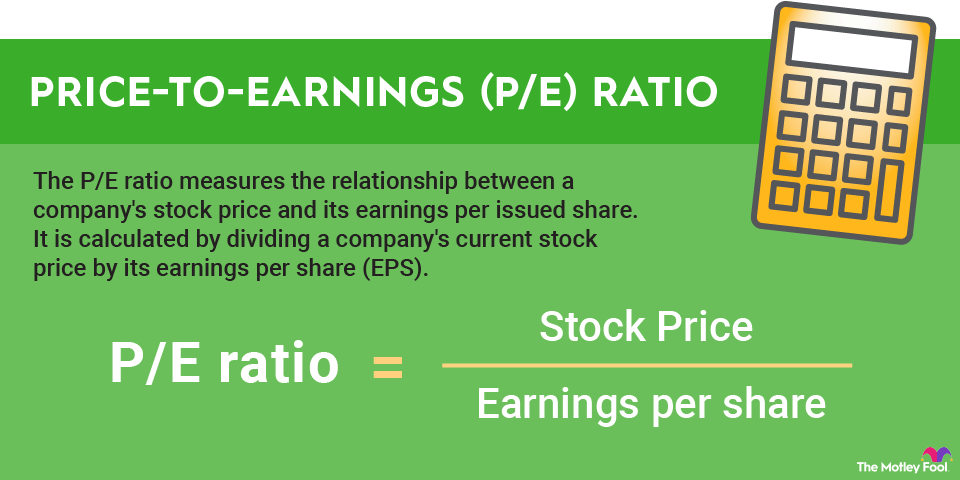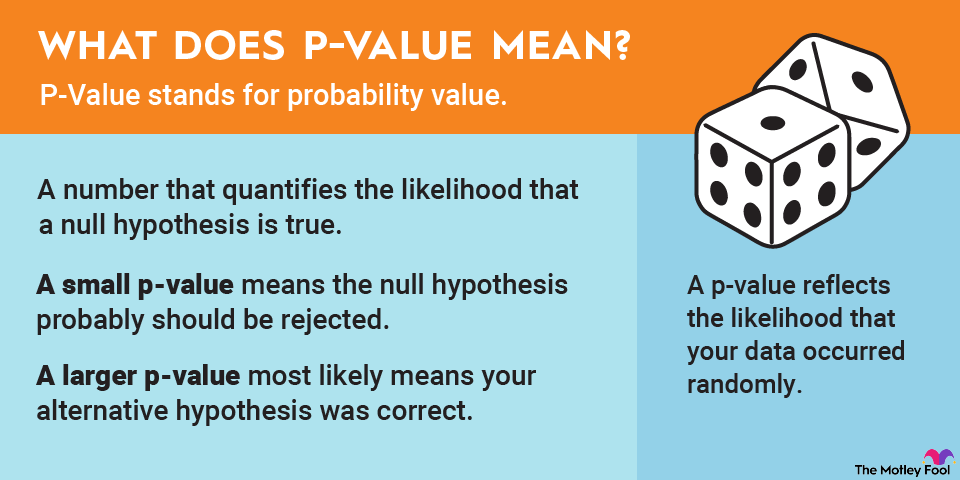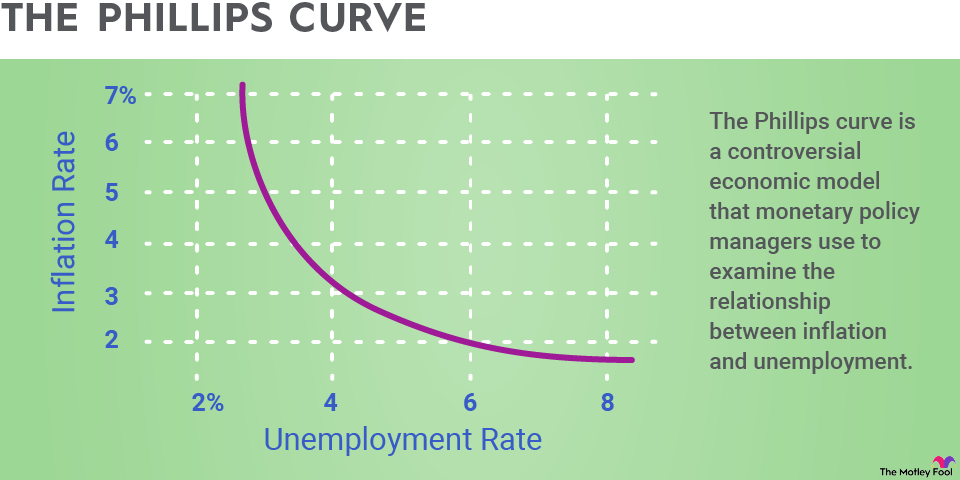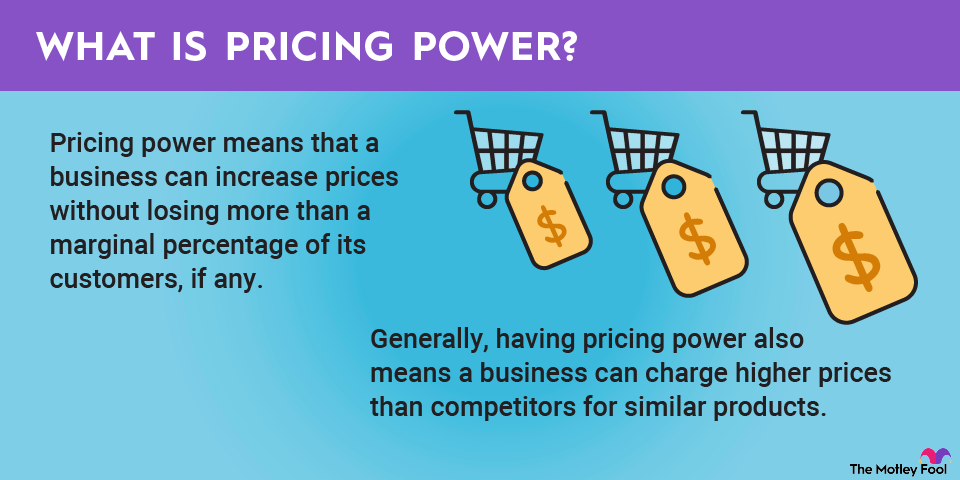- Years of service: The number of years you worked for your employer.
- Multiplier: A percentage that typically ranges from 1.5% to 3% that’s used to calculate benefits.
- Final average salary: Often based on the average salary in the last three to five years of work. Many plans also have a vesting schedule.
Let’s say you work for your employer for 30 years. Your pension plan has a 2% multiplier, and your final average salary is $80,000. Using the above formula:
30 * 0.02 * $80,000 = $48,000 per year, or $4,000 per month
Your employer follows the Rule of 90. Since you’ve worked for your employer for 30 years, you’d need to be at least 60 to start collecting benefits.
Many employers will also offer workers a lump-sum payout option. But this is risky for you as a retiring worker. Remember: Pension benefits are guaranteed. But when you accept a lump sum, you’re responsible for managing and investing your money, along with determining how much to withdraw. You’ll bear the risk of a stock market decline.
While there’s no hard-and-fast rule about when to opt for a monthly benefit or a lump sum, one common guideline is the Rule of 6%: If the one year’s worth of benefits equals 6% or more of the lump sum offer, stick with the monthly defined benefit. Otherwise, you should consider the lump sum.
Using the previous example, suppose your employer gave you the option of a $725,000 lump sum instead of that monthly $4,000 benefit. Because $48,000 ($4,000 * 12) divided by $725,000 equals 6.6%, in this scenario, it would probably make sense to stick with the $4,000 defined benefit option.



















